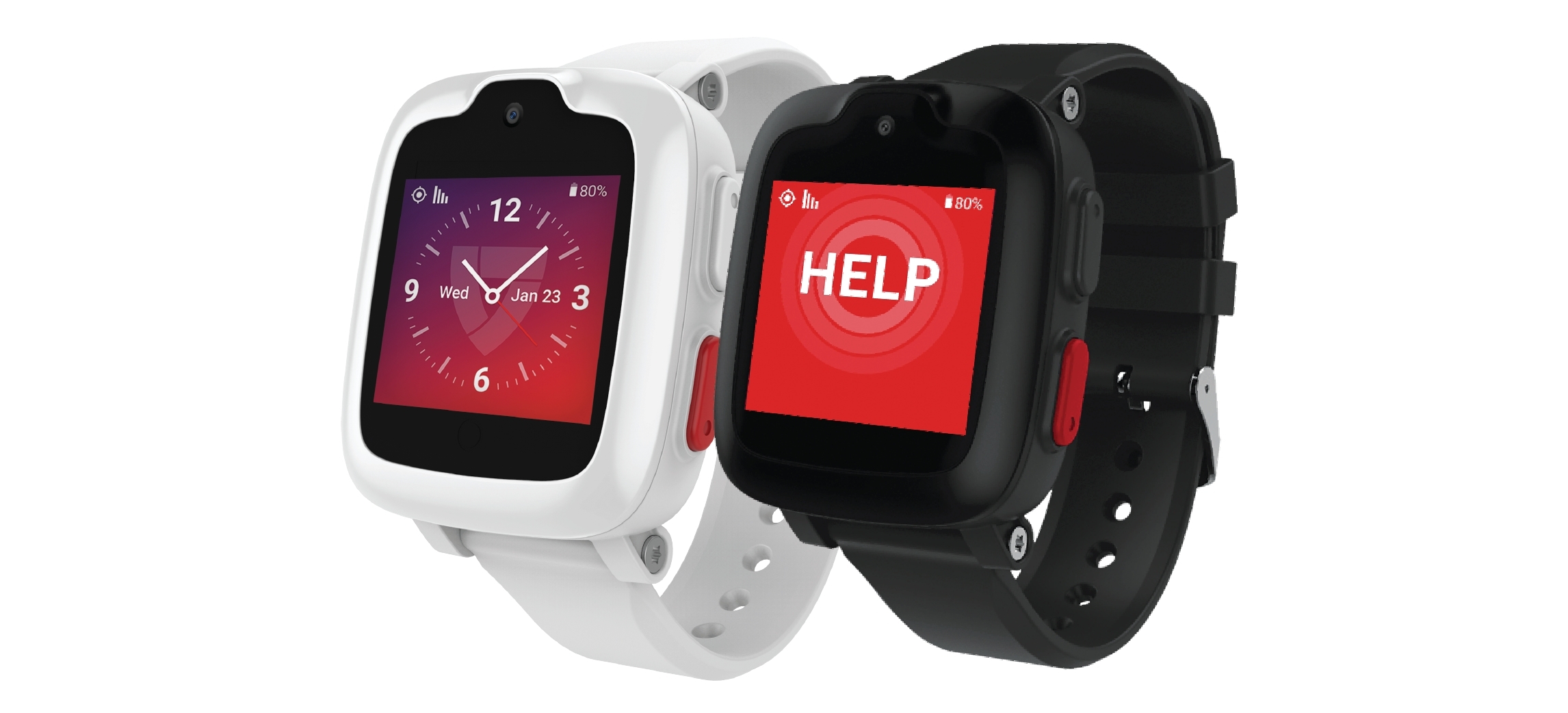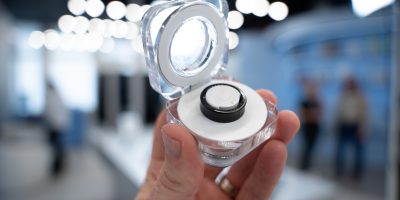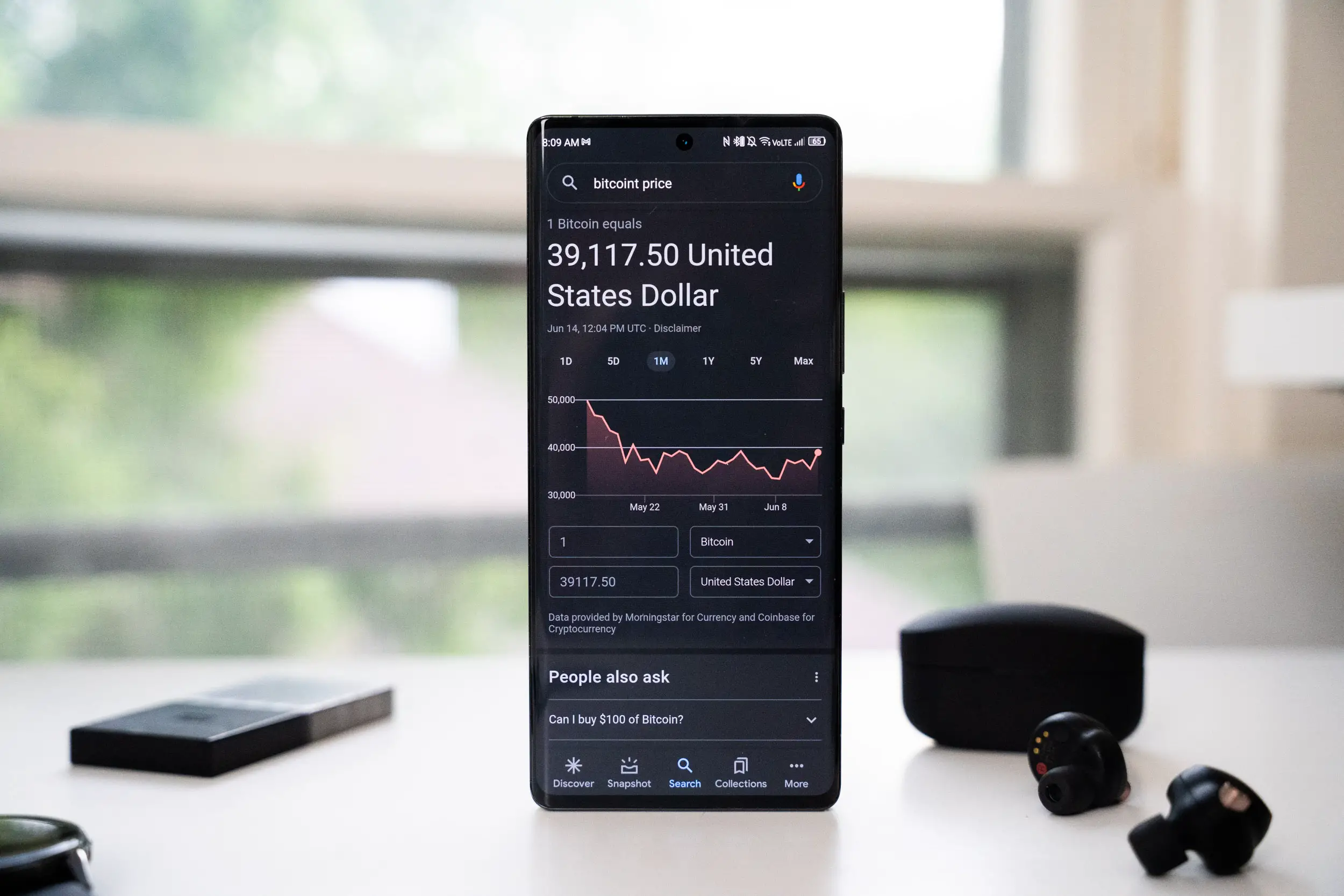Wearable technology has enabled individuals to connect better with the world around them. One such industry, medical alert systems, has grown in popularity in recent years as more and more senior citizens experience a medical incident where emergency assistance is required.
Since 2020, estimates for medical alert devices indicated that more than three million American senior citizens make use of it. From this, additional insight has revealed that on average around one-in-four seniors, aged 65 years and up will succumb to falling or sustaining a serious injury.
Buying one of these devices is relatively an elementary task. Being widely available, and having several different brands to choose from, individuals who are on the market to purchase a medical alert device should consider several factors beforehand.
Additionally, one should have a clear idea of the type of features each can have. With some of these devices, primary features can differ across each, but ultimately one will notice that better device features will come at a higher price point. This is one of the major thoughts many buyers have at the forefront, as over-excessive usability can easily make consumers feel estranged from the product.
Looking to assist vulnerable populations, we’ve compiled the five most important considerations one should examine before spending hundreds of dollars on some of the industry’s best medical alert devices.
Personal Needs
Before anything else, one should consider personal needs. Once you have a clear idea of what your needs may be, buying a new medical device will be a lot easier.
There are two sets of devices, mobile, and stationary alert devices.
Wearers who need constant medical attention, or who perhaps have a chronic medical condition will also need to understand how their personal needs can affect which device they will have to purchase.
Ultimately, we’ve seen that individuals or senior citizens who tend to be more active throughout the day, such as traveling, driving, or walking are prone to make use of mobile devices which they can wear around their wrist.
On the other hand, people who tend to age-in-place, require less expensive devices that can be housed in a stationary place, allowing for easier and more convenient access to personal medical or emergency assistance.
These wearable devices play a vital role in the safety and well-being of many individuals. Having a clear idea of what medical needs and requirements you have, and considering the type of lifestyle you live will mitigate confusion around the different types of devices currently available on the market.
Budget and Affordability
Secondly, what are you willing to spend on one of these devices?
It’s pretty clear that such an advanced and highly technological device won’t readily be covered by medical insurance companies. Furthermore, you’re spending quite some money on this device, so be sure you have a good understanding of the ins- and outs of each.
Factors that can influence the price are things such as, activation fees, subscription fees, equipment fees, device cost, and add-ons, among others.
The most affordable device is currently offered by MobileHelp and prices range from $19.95 to $44.95 per month. This is the most affordable option on the market, but some features can be limited. On average, both stationary and mobile devices will cost anything between $24.95 to $45.95 per month.
To give you a better idea, users tend to pay on average $30 per month for an industry-standard device. This includes a mobile device, with a decent in-home range, strong battery life, and onboard device features or settings.
With this in mind, average monthly subscriptions will also have additional fees such as a fall detection fee, which ranges between $5 and $15. Additional costs, such as activation fees will cost anything between $49.95 to $99.95 once-off. Mobile apps and onboarding activations for some devices are free, or relatively affordable.
There is also an AARP discount for individuals who are looking to save an extra few dollars. The Phillips Lifeline offers a 15% AARP discount, which makes it one of the more popular choices for members.
Device Shortcomings
As already mentioned, these devices come with various features.
Some of the most basic features can include:
- Fall Detection
- Network Connectivity
- Mobile Apps
- Two-way Communication
- Location Tracking
- SOS Buttons
While these have become standard on most popular devices, there are additional features that aren’t widely advertised. When looking to purchase a new alert system device, consider how medical needs and personal lifestyle will benefit from additional smart features.
Devices may sometimes have limited options or features, which can hinder the decision-making process. Not all devices will have the latest technology, or software integration capabilities. The other shortcoming some devices may have is short battery life or SOS buttons that can easily be accessed or used during a medical emergency.
With some devices, especially mobile devices, network connectivity, and fall detection are some of the most important considerations. Whereas with stationary devices, the range within your home can be dependent on the amount one is willing to pay. In many ways, some users are not that bothered about personalized options, such as language settings, voice activation, or wearability.
The key takeaway here is to look for a device that perfectly suits your lifestyle and medical needs. Each device is different in its entirety, which makes it sometimes hard to choose. But ultimately consider how these functions will enhance your lifestyle and not hinder it.
Advantages
Although you’ve readily heard of these devices, have you ever wondered what the advantages thereof can be. When looking to review what consumers and regular users have to say about medical alert devices, it’s important to consider how the advantages, in some cases, should outweigh the disadvantages.
Doing research beforehand will make the buying process a lot easier.
After close examination, the basic advantages of alert devices can be:
- Immediate Medical Assistance
- Emergency Medical Care
- Location-based Tracking
- Ease of Access to medical personnel
- Family and Friend Emergency Sharing
- Certified Monitoring and Coverage
- Portable and Convenient
Common findings indicate that new users looking to purchase a device are doing so to have better and more suitable access to emergency medical care. This is especially present with individuals who will be aging in place.
While leading up to making a final decision on which device you’d like to purchase, be sure to have a close review of each device and the advantages it can have towards your personal safety, health, and well-being.
Customer Service
This is something not many first-time buyers think of, but customer service is one of the most important aspects of these devices and their services.
It’s the same with purchasing any other type of device. When you stumble upon an issue, or have a common query, having access to well-rounded customer service makes the useability more pleasant and user-friendly.
Most of these devices offer additional, and off-site customer service via their apps or a customer care line. Some wearers may require additional customer support when setting up their device, or perhaps disclose any faults and errors on their devices.
Many customers aren’t aware of any hidden costs, fees, or warranties they will have to endure once they purchase a medical alert system.
Above this, customer reviews will give you a better idea of how customer support members interact and communicate with users. Consider revising reviews from trusted websites such as Better Business Bureau and Consumer Reports. These major third-party websites give unpretentious and honest customer reviews from loyal supporters.
Final Thoughts
No matter what your personal or medical needs may be, these alert devices can have a tremendous impact on your life when faced with a medical emergency.
Although there is a wide variety of brands available on the market, choosing the right one can be a tricky road to travel, but ultimately, having access to the best features and customer support may enhance the overall experience.
Consider the amount of money you’ll be spending each month, but also, what these subscription packages come standard with. Medical alert systems are designed to be user-friendly, and convenient, allowing for improved and seamless emergency assistance.











Comments